Stop & Shop Dietician Wants You On Track for Flailing Resolutions
By Justin Joseph | news@queensledger.com

Courtesy photo of Christina McGeough.
Around this time of year is when many people tend to struggle maintaining their New Year’s resolutions. At the top of many people’s resolutions list is changing how their body looks and getting their diet in check. A lot people are not sure about what it takes and how difficult of a process this can be to change what you eat and to build great workout habits.
Christina McGeough, a registered dietician with Stop & Shop, has broken down the essential steps needed to help those wanting to pursue a healthier lifestyle.
“The most essential step is coming up with a realistic plan that works for you,” McGeough said. “What ends up happening for a lot of people is that they want the quick fix. They want the thing that’s going to show them the biggest results in the shortest amount of time. Studies show when you look three, four, five years out, people don’t sustain the weight loss.”
Stop & Shop has over 100 shops located throughout New York, and are doing all they can in order to help those in need lose weight. In terms of marketing and wayfinding, the Stop & Shop team has come up with easier solutions to dieting, such as using fewer ingredients to not feel as overwhelmed and finding ways to save time in the kitchen, so cooking feels like less of a chore. They highly recommend looking for recipes that you can cook in 30 minutes or less to save time and using one-pan/pot meals in order to make less of a mess and ensure cleaning up after won’t be such a hassle.
Many people, however, simply cannot afford to eat healthily all the time, as many of the healthier options cost more than their unhealthier counterparts. McGeough states that there has been an increase in prices for items after the pandemic, but many Stop & Shops have an answer for customer’s price concerns. They have created many tools to help customers sort through items that are most essential to them and their diet and find what they refer to as “better for you items.”
McGeough states that the store has one tool called “Guiding Stars,” which uses a star system to let customers know which items are the best for them. One star means it’s a good option, two stars indicate a better option, and three is the best option in that category. This is helpful because customers are able to easily pinpoint many items that may be best for them by identifying their rating on the star system and then price match to weigh what is most affordable and healthy for them. She also recommends buying things that are in season because in season items always are cheaper due to them having a larger supply and being easier to find. Out of season items price skyrockets due to them being more rarely found in stores.
In today’s day and age it is hard to decipher what’s good to put in your body in order to help you reach your fitness goals. But, McGeough and many of the dieticians at Stop & Shop have you covered with quick and easy steps that will change your life and have you looking and feeling your best heading into the new year.



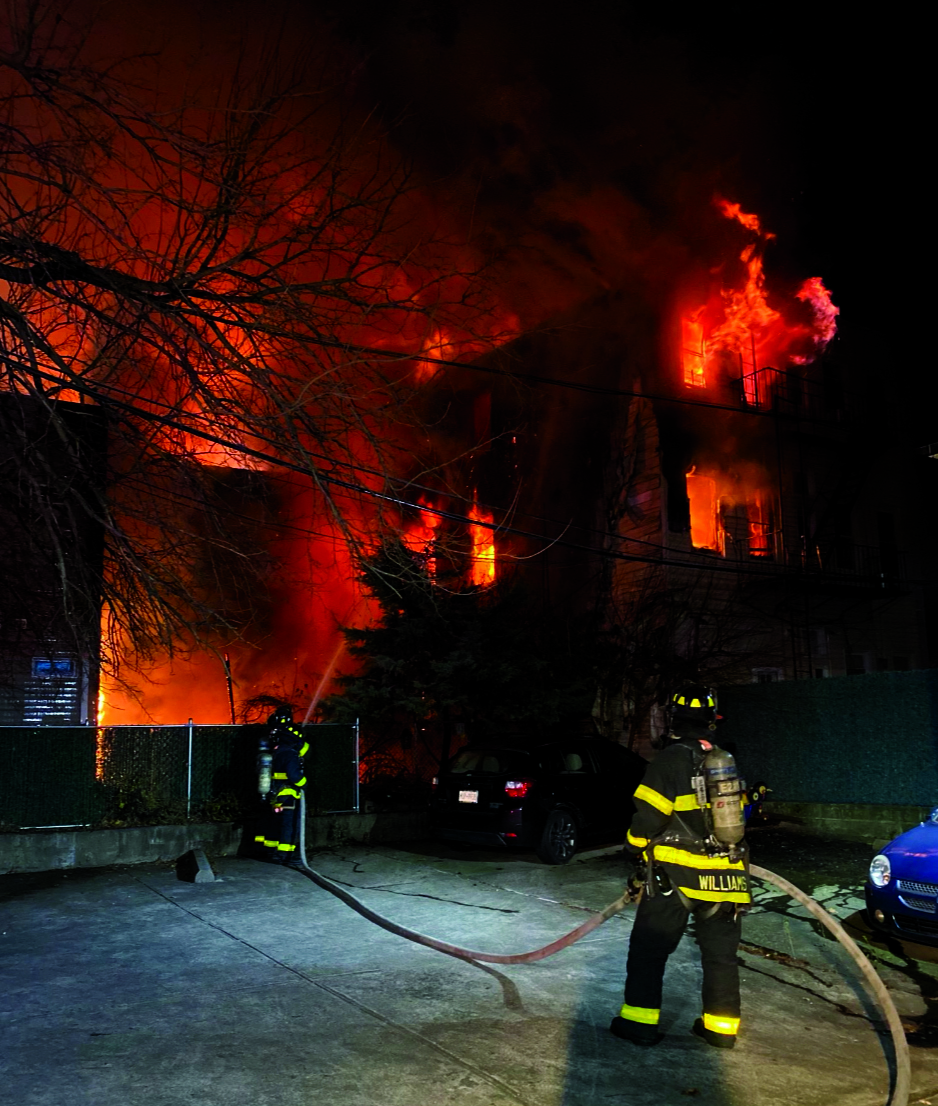


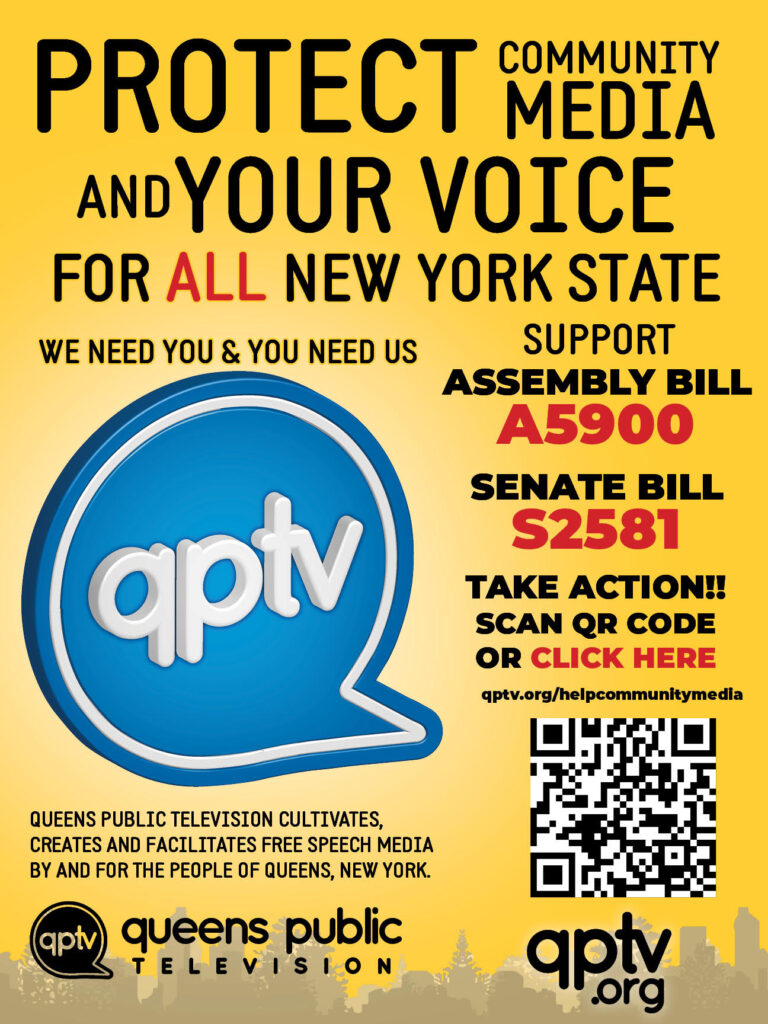

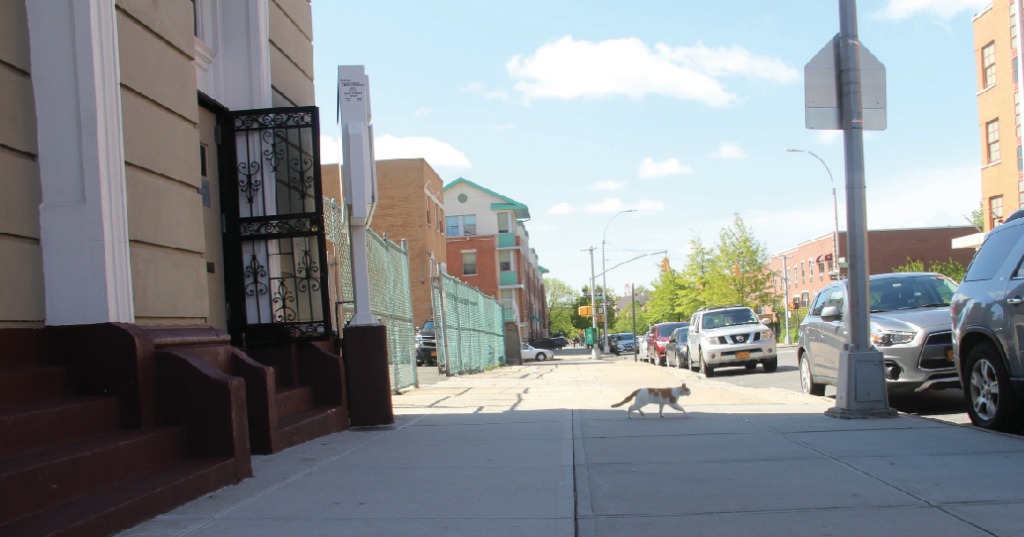

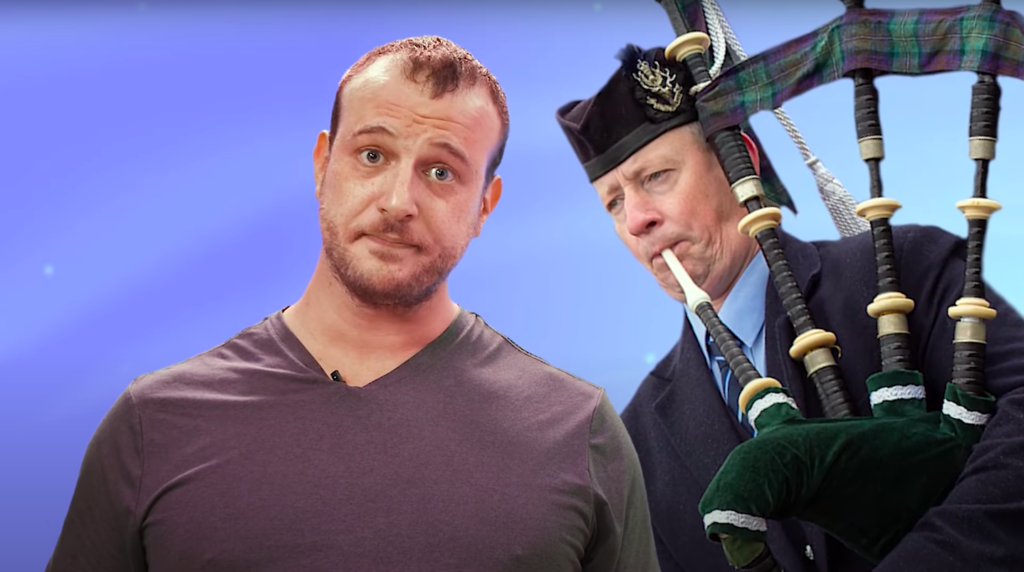
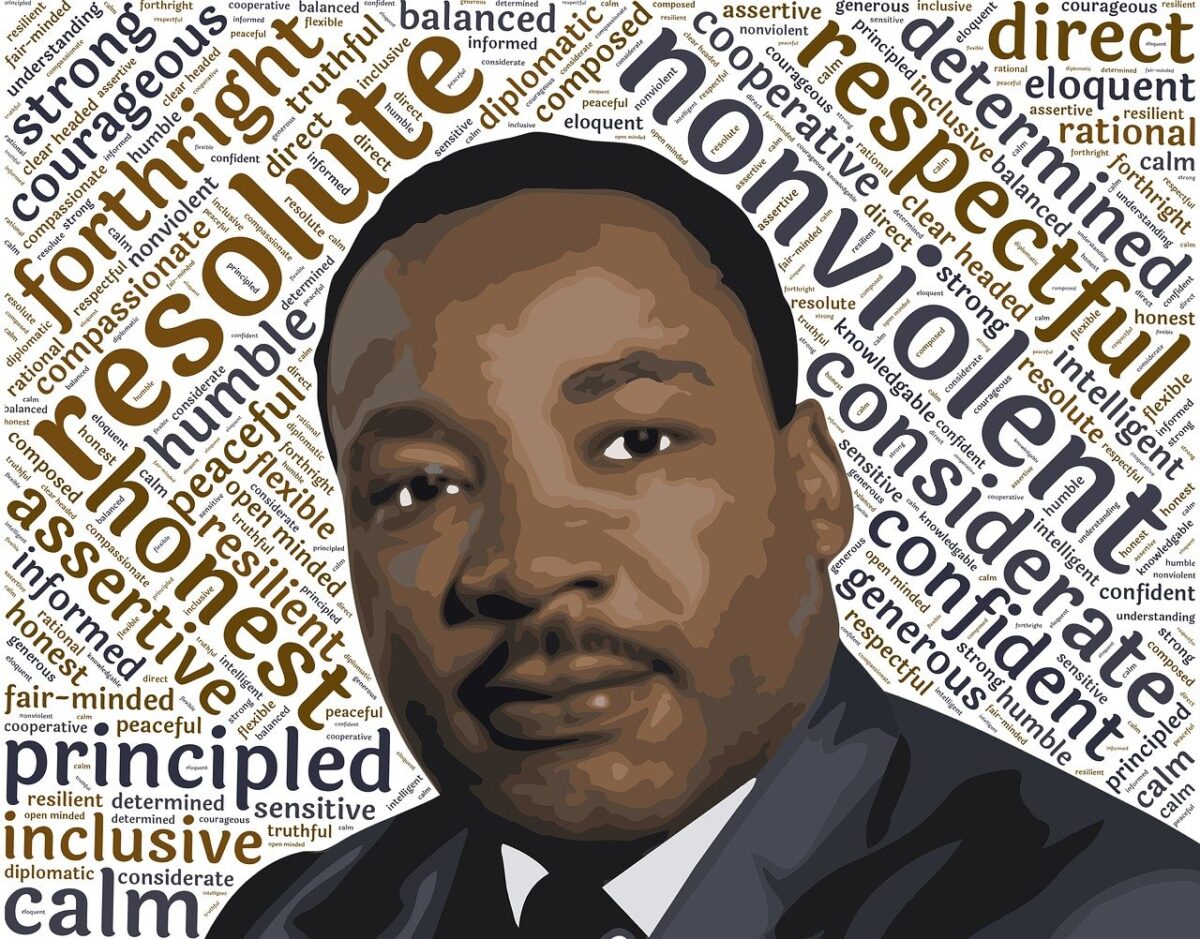
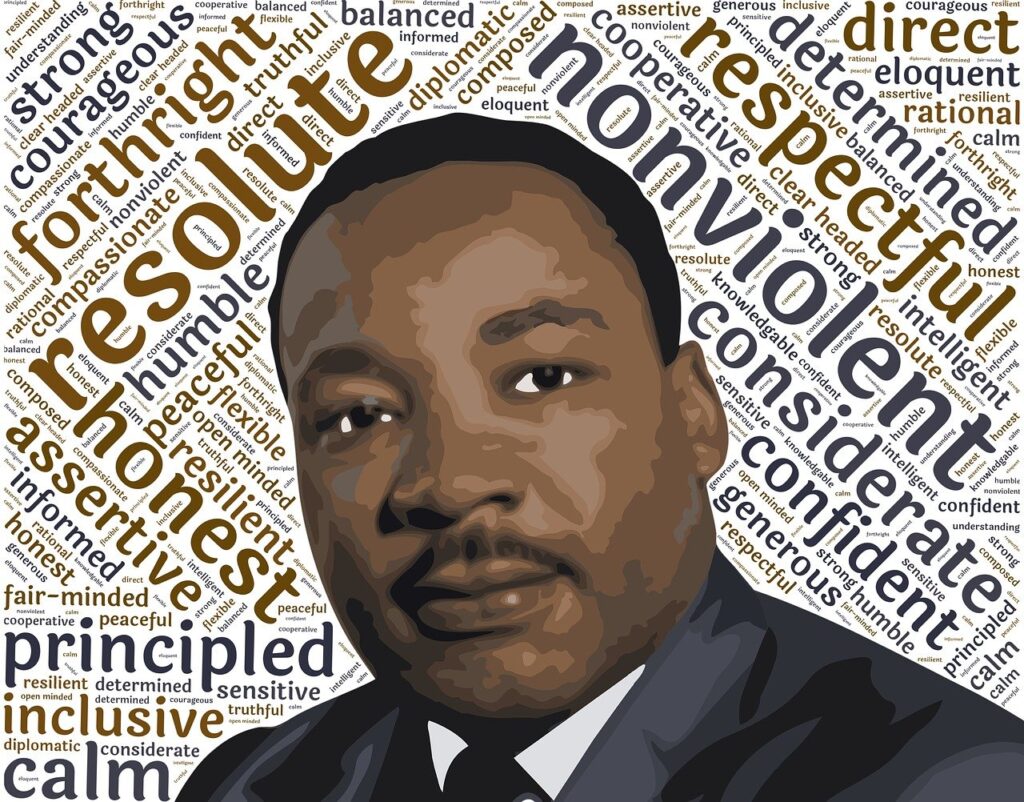


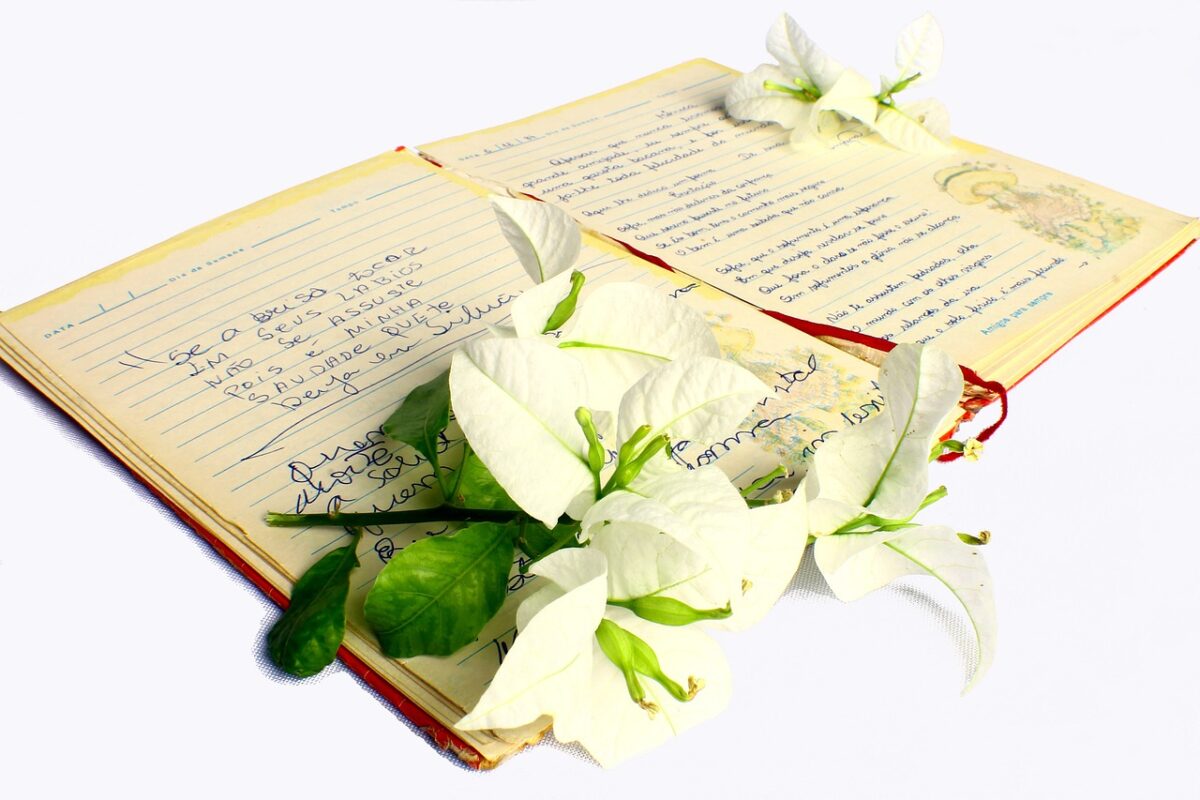
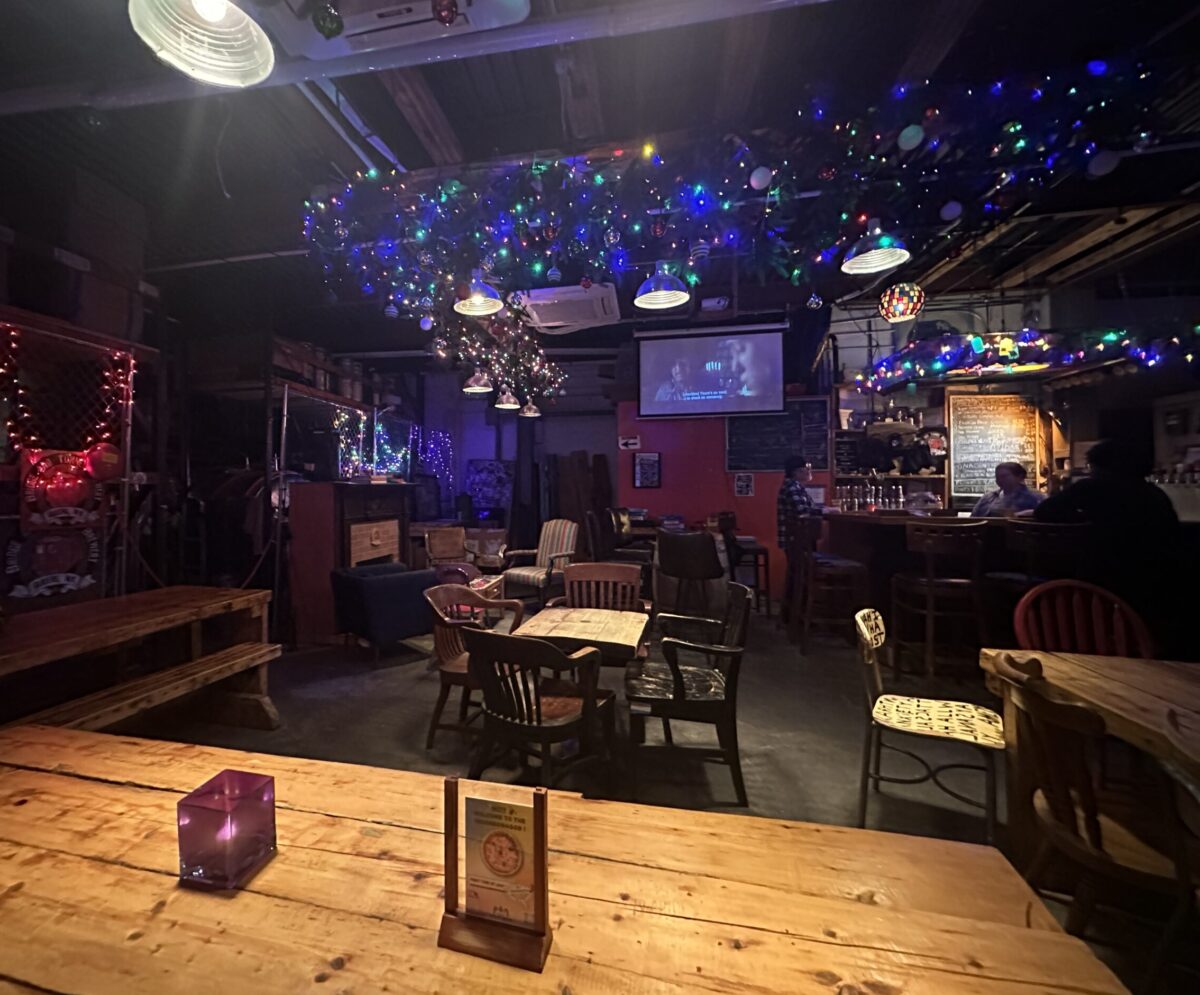
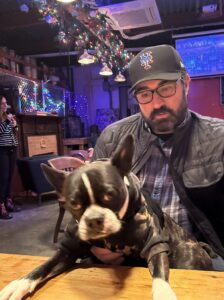


/cdn.vox-cdn.com/uploads/chorus_asset/file/24320551/12.27.2022_10.jpg)